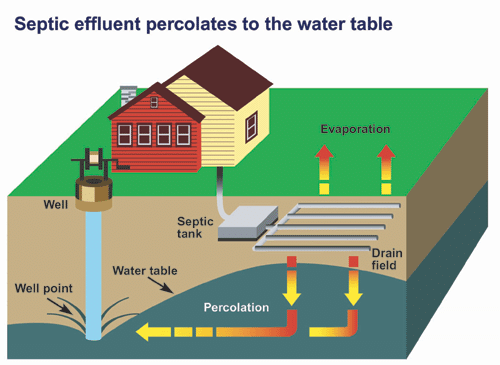
Why should you have your Septic System Inspected?
- ensure all components per engineered design and permit are installed and properly functioning
- ensure system is and will function properly
- maintain effluent quality
- detection of any concerns
- compliance with current codes
- protect private, public, and environmental health

SEPTIC SYSTEM INSPECTIONS (Onsite Wastewater Treatment Systems - OWTS)
Septic System Inspections follow the National Association for Wastewater Technician (NAWT) protocols and standards for the USEPA. The absorption field will be visually inspected for system backups and drainage levels. Examination of the treatment tanks and the inlet and outlet baffles will be conducted to determine the condition of system and if there are any cracks, corrosion, or leakage and will rate components as acceptable or unacceptable. Discharge in the waste lines will be observed to determine if they are properly discharging to the approved waste system. You will receive a detailed, easy to read report that reviews the condition and any problems of the septic system including compliance with current codes and regulations. The results of the inspection are summarized in an easy to read report, which provides information about the type and condition of the on-site sewage treatment system and will include any recommendations, if required.
Additional/Specific Assistance:
- septic system design, please visit our Engineering & Septic Design page
- Grand County required annual septic system inspection & water potability analysis
- Summit County septic use permit inspection
- more information on Scope of Septic System Inspections
Scope of Service
Including General Terms, Conditions, and Limitations
The National Association of Waste Transporters, Inc, (NAWT) has developed a national standard for an objective evaluation of an on-site sewage treatment system by a professional with experience and training in on-site sewage treatment systems (Evaluator). This evaluation will identify system components and rate them as acceptable or unacceptable. The results of the evaluation are summarized in a Sanitary Sewage Treatment System Inspection Report, which provides information about the type and condition of the on-site sewage treatment system.
System Identification
The Evaluator will attempt to identify the type of system, approximate tank capacities, and the absorption system components in place. A majority of systems are located by observation and/ or use of a probe. Usually, the primary treatment tank (i.e. septic tank) can be made accessible by using a shovel to remove the grass and soil from the top of the tank. Be advised that in some instances the only way to make the tank accessible is by using equipment such as a backhoe. Additional charges may be assessed in instances where equipment is necessary to gain access to the system.
System Evaluation
The primary treatment tank will be evaluated for effluent level, scum thickness, and sludge depth, as well as for cracks, breaks, or other signs of deterioration of the tank, lid, and baffles. In most cases, the primary treatment tank will be pumped to allow for a thorough inspection. This is followed by an evaluation of the absorption area (the drainfield) for visible effluent seepage on the lawn, evidence of uneven distribution of effluent throughout the absorption area, lush vegetation, or other signs of absorption area malfunction. If present, a sewage effluent pump and tank will be evaluated for its proper operation. Integrity of the tank and pump, along with the alarm circuitry will be evaluated. Generally, evaluation of the absorption area does not include invasive procedures such as excavating the absorption area, or locating and uncovering the distribution box.
Restoration
The evaluation will be concluded by closing the primary treatment tank cover and backfilling. All disturbed areas will be restored to as near to original condition as possible. The backfilled area may be slightly raised to allow for normal settlement of the soil.
Disclaimer
This inspection is intended only as an evaluation of the present condition of the on-site sewage treatment system based upon what was observed and the Evaluator’s considerable experience in onsite wastewater technology. The Evaluator has not been retained to warrant or guarantee the proper functioning of the system for any period of time in the future. Because of the numerous factors which may effect the proper operation of a septic system as well as the inability of the Evaluator to supervise or monitor the use of maintenance of the system, this report shall not be construed as a warranty by the Evaluator that the system will function properly for any particular prospective buyer, and the Evaluator DISCLAIMS ANY WARRANTY, either expressed or implied, arising from the inspection of the on-site sewage treatment system or this report. The evaluation does not ascertain the impact the system is having on the ground water.
